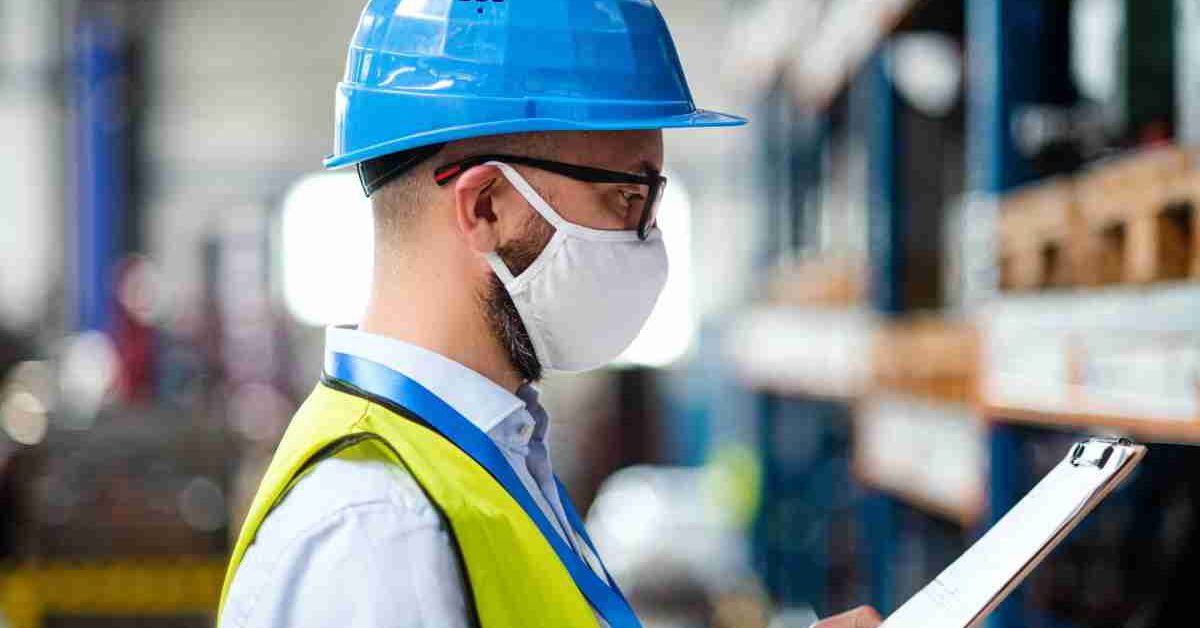
The economic volatility experienced around the world since the onset of the COVID-19 crisis has forced manufacturers to make unprecedented changes to their businesses – from shifting production lines to make personal protective equipment to grappling with drastic dips in new product sales. Now, with many parts of the globe in the early stages of reopening, manufacturing leaders are examining business as they’ve known it to identify areas of potential opportunity and growth.
After-sales service, or the category that includes maintenance, repairs, spare parts and other services after the initial sale of a product, has long been a sub-optimized area of manufacturers’ businesses. However, in a post-COVID world, the service supply chain offers a unique opportunity to differentiate from the competition, enhance the customer experience and increase financial performance.
Deloitte recently released a study, “Aftermarket services: Transforming manufacturing in the wake of the COVID-19 pandemic,” that details not only why after-sales service optimization is critical to success, but also specific steps manufacturers can take today to drive change.
Check out some of the biggest takeaways from the report below:
1. More customers want service level agreements (SLAs).
Customers’ demands are changing. They are looking for SLAs that guarantee product uptime and service providers that can proactively repair equipment before it ever fails. However, these same customers are willing to pay a premium – putting manufacturers’ service operations in the spotlight to deliver a return on a customers’ significant investment.
2. History is repeating itself.
In previous economic downturns, after-sales service has been a “consistent revenue source and profit stabilizer” and the manufacturers that focus on service have “outperformed their peers and exited past crises stronger than before.”
3. After-sales service margins alleviate pressure on new equipment sales.
The average operating margin from after-sales service is about 2.5 times the operating margin for new equipment sales. And as manufacturers face declining sales and less demand, the service supply chain should be optimized to provide stability in otherwise uncertain times.
4. Enhancing services is no longer a choice, but a necessity.
With more equipment connected via IoT-enabled parts, there is an opportunity to provide additional services to customers and subsequently drive additional revenue. In fact, OEMs that “focus on services often have 80%+ of their installed base under service contracts.”
5. Margins and customer loyalty could be even higher.
Parts and services already deliver more than 50% of a manufacturers’ profit and offer a unique way to add value to the customer experience. Due to COVID-19, the profit from service could trend upward as customers migrate to usage-based business models.
6. The shift to new business models is happening sooner than anticipated.
For decades, manufacturers have focused on selling equipment and servicing that equipment when it fails, creating a very transactional relationship with customers. Due to COVID-19 and other external forces, more manufacturers are exploring selling access or outcomes to products opposed to products themselves. This will put much of the risk for maintenance and repairs on the OEM as opposed to the customer.
7. Adopting digital technology is a differentiator and value driver.
Sophisticated after-sales service solutions allow manufacturers to support customers “remotely, quickly and efficiently.” Additionally, technology provides the foundation to offer proactive and predictive maintenance as manufacturers shift their business models to be more usage-based.
To read the Deloitte report in its entirety, check it out here. If you would like to discuss the findings in this report in more detail and how the Syncron company Service Cloud increases the value delivered to manufacturers’ service business, please contact us today.